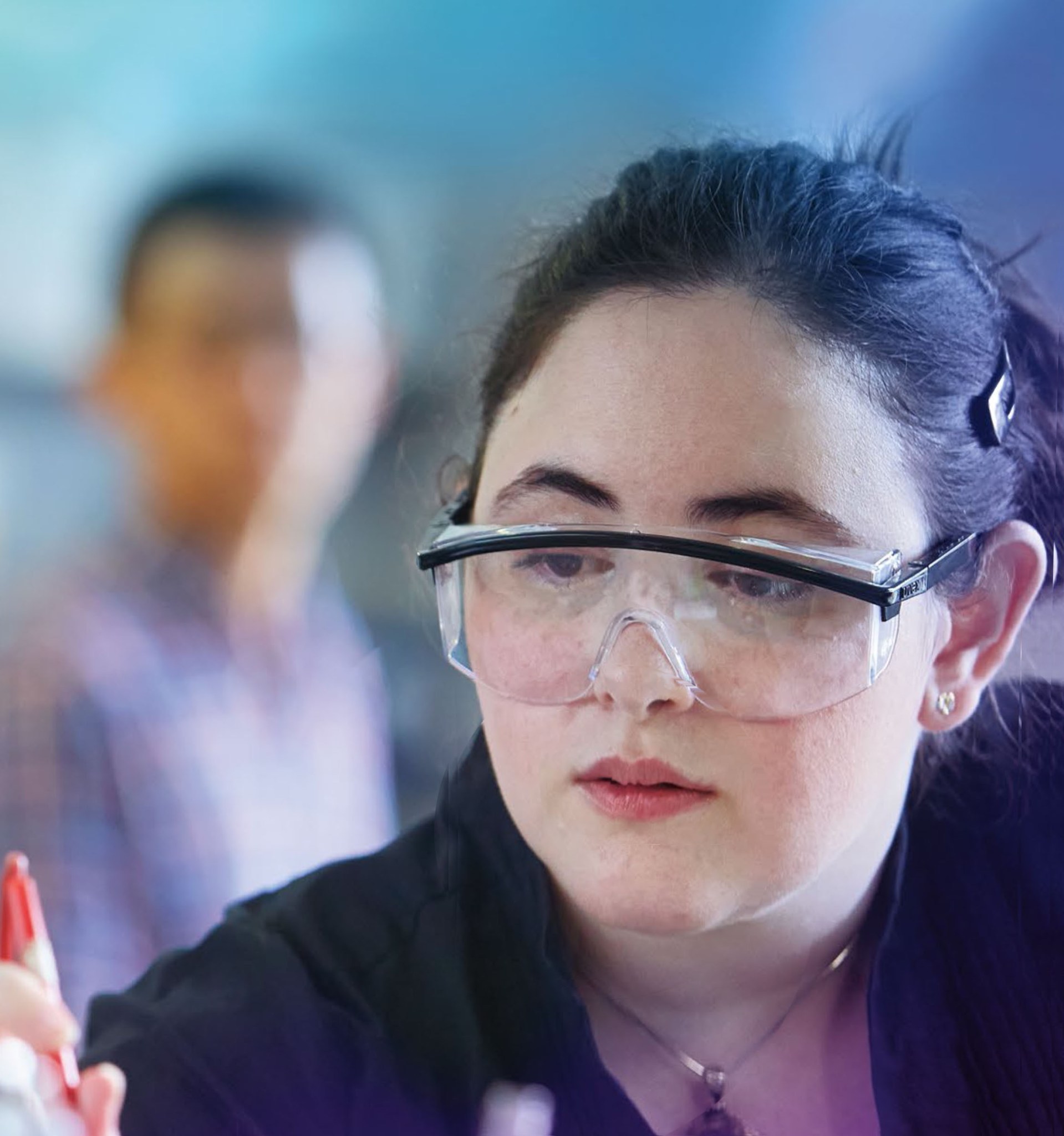
In a world of micro-this and nano-that, space exploration also benefits from utilizing smaller, more efficient and more powerful devices. But such advances in technology typically entail higher heat generation and greater thermal control needs.
Taking on that challenge is Michal Talmor, a Ph.D. candidate in mechanical engineering at the Worcester Polytechnic Institute (WPI) in Worcester, Massachusetts.
Now in the second year of her NASA Space Technology Research Fellowship (NSTRF), Talmor is focused on how best to manage and transfer heat in micro and nano-scale thermal control systems.
The more technical label is electrohydrodynamic (EHD)-based thermal control.
Preventing failure
“The simple way to describe my research is to cool down electronics, that’s the end-goal,” she explains, “and a way to lessen that heat load to combat failure.”
Talmor’s research makes use of electrohydrodynamic conduction pumps to manage the flow of dielectric fluids via applied electric fields. The ultra-small pumps are simple and flexible in design, so there are no moving parts and they offer quality heat transfer capabilities.
Moreover, these pumps are effective for long periods of time.
In the microgravity conditions of space the EHD pumps offer flow distribution capabilities and perform better at smaller scales, Talmor points out. “Electric fields plus coolant equals the ability to make flows at very, very small scales, in order to cool down high power, high heat electronics,” she adds.
Especially for space systems, thwarting failure of components is paramount.
NASA assistance
Talmor and her research colleagues see their lab work as adding lifetime to vital space hardware. “The heat conduction pumps can remove lots of heat in very small and confined spaces,” she explains.
One other aspect of the work has been looking at various types of fluids — including those with more optimized properties. “We do test them with our mechanism. We have guidelines about which fluids would be better and for what purpose,” Talmor points out.
Both NASA’s Goddard Space Flight Center and NASA’s Glenn Research Center are engaged in Talmor’s thermal control investigations, she observes. Goddard provides micro-manufacturing and lithographic printing skills; Glenn is assisting in flight hardware development.
Headed for space
Years of work at WPI on novel thermal control systems are paying off.
“We now have an experiment that’s slotted to go up on the International Space Station,” Talmor explains. That pathway to the station was bolstered by several trial runs of their hardware on NASA-provided parabolic flights that offer short stints of microgravity.
“The space station allows us to obtain long-duration microgravity and we can test the longevity of our control system,” Talmor says.
Foothold on the future
As for the benefits stemming from her NSTRF work, the sky is the limit – even the reddish tint of the sky on Mars.
A human mission to Mars means taking a lot of mass from Earth – and weight-saving hardware will be at a premium.
“So everything has to be small yet very, very reliable because human lives will depend on it,” Talmor adds. “If everything proves successful, I would be very proud if the EHD conduction technology ends up in the craft or in one of the systems that will go to Mars.”
Immigrating from Israel, born in Haifa and raised in Tel Aviv, and now a permanent resident of the United States, Talmor has long dreamt of playing a part in enriching and shaping humankind’s extraterrestrial foothold in our solar system and more.
“It’s amazing for me to have this opportunity, to give to NASA and for NASA to give so much to me in terms of experience,” Talmor concludes.

























